Choosing the right IQF tunnel freezer is essential for ensuring efficient, consistent freezing while maintaining product quality. The best IQF tunnel freezer for any operation will depend on specific needs such as product type, freezing capacity, energy efficiency, and available space. Each of these factors can impact processing speed, maintenance requirements, and overall long-term cost.
Modern IQF tunnel freezers use features like vibration or shaking mechanisms to prevent products from clumping, which is particularly important for maintaining individual product integrity during freezing. For industries dealing with different product shapes, sizes, or sensitivities, understanding how these systems operate is crucial. Details like stainless steel construction offer increased durability and make cleaning easy, both of which are priorities for food safety and operational efficiency.
Reviewing the key criteria—such as airflow, temperature, and the configuration of belts—will assist companies in finding a solution that meets their throughput demands without exceeding space or energy constraints. To dig deeper into these factors and compare options, readers can start by learning more about the essential considerations when selecting an IQF tünel dondurucu.
Core Factors When Choosing an IQF Tunnel Freezer
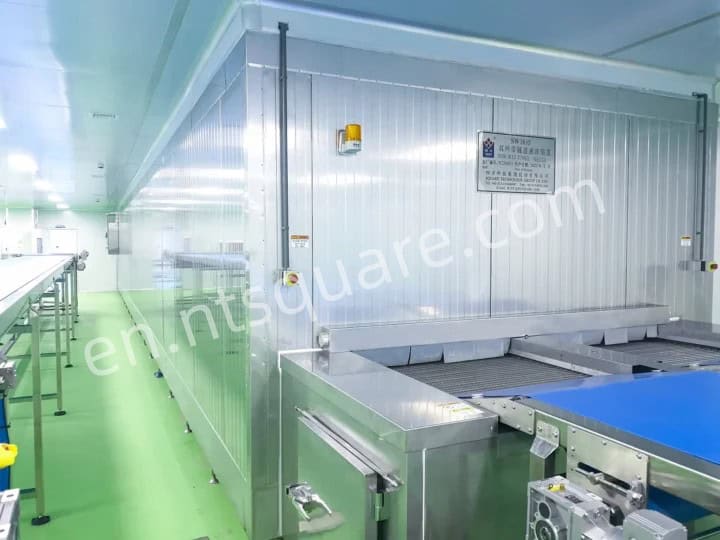
Selecting the right IQF tünel dondurucu depends on matching operation size, product type, and available facility space. Important criteria include matching the machine’s output with processing goals, ensuring compatibility with various food products, and confirming the freezer fits within the plant’s layout.
Capacity and Throughput Considerations
Capacity defines the maximum volume a freezer can process in a given time, usually measured in kilograms or pounds per hour. Facilities must analyze peak production needs and select a unit that matches both current output and potential future expansion.
Throughput efficiency impacts operational costs and workflow. High-capacity freezers can let processors handle larger batches and minimize processing time. However, oversizing the machine can result in unnecessary energy consumption and higher operating costs.
It’s useful to compare hourly capacity ve loading style among models. Consider expected seasonal demand, batch versus continuous flow production, and maintenance downtime when evaluating total required throughput. More details on capacity can be found in the explanation of IQF freezer capacity.
Product Compatibility and Application Range
IQF tünel dondurucular differ in how well they handle specific foods. Factors such as shape, size, moisture content, and stickiness can affect freezing uniformity and product separation. Some freezers work better for individually shaped items like berries, while others adapt for pieces prone to clumping, such as diced vegetables or seafood.
Technology features like adjustable air flow and bed agitation may be necessary to minimize sticking or maintain product integrity. Cross-contamination risk and allergen management should be assessed if freezing diverse products on shared lines.
Check if the freezer accommodates frequent changeovers and cleaning needs based on product type. High air velocity systems are advantageous for separating delicate foods, as explained in the discussion on differences between freezing technologies.
Footprint and Space Requirements
Space constraints can influence both the size and type of tunnel freezer selected. Facilities with limited floor area must ensure the freezer fits without disrupting traffic flow or existing equipment placement.
Tunnel freezers require specific clearances for operation, maintenance, and airflow. The chosen model should comply with building codes and access requirements. Some freezers offer more compact designs or modular components to help with tight installations.
Permanent integration in the plant also involves assessing long-term space commitments. Consider both current space availability and possible future reconfigurations to accommodate business growth, as outlined in articles on mechanical freezer plant space. Choose based on installation flexibility, cleaning access, and compatibility with utilities.
Evaluating Technical Specifications and Performance
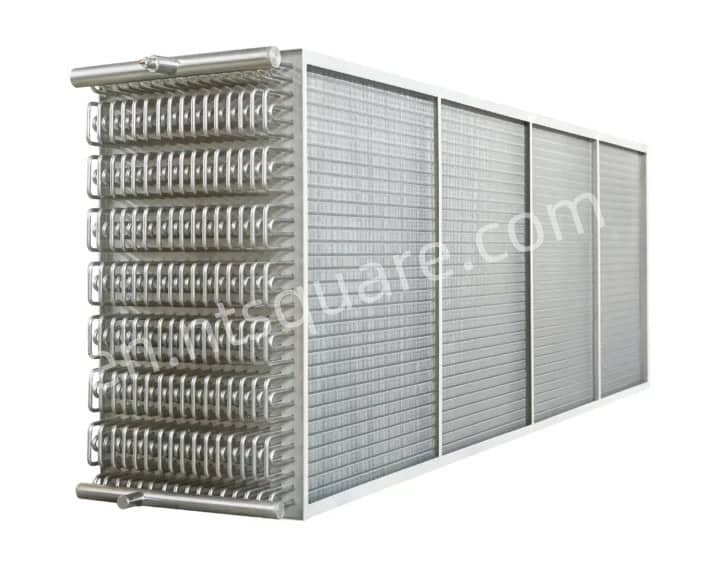
Technical specifications play a vital role in identifying the right IQF tunnel freezer for a specific application. Performance factors such as freezing rate, energy usage, and system controls can affect both product quality and operational costs.
Freezing Efficiency and Uniformity
A well-designed IQF tunnel freezer must deliver consistent freezing across all product batches. Uniform airflow and optimized belt design are key to preventing clumps and ensuring even freezing of each piece. Efficient systems use high-velocity cold air, which results in faster freezing times and helps preserve texture and flavor.
Buyers should examine the freezer’s throughput capacity in relation to their expected production volume. Look for machines that maintain product separation and minimize temperature fluctuations, as inconsistent freezing affects shelf life and food safety. Comparing data on retention times and achievable temperatures allows buyers to make informed choices.
Energy Consumption and Cost of Operation
Operating costs remain a significant factor in tunnel freezer selection. Energy efficiency can vary noticeably between models. Features such as better insulation, advanced compressor technology, and optimized fans can reduce power consumption. Assessing total energy requirements and comparing equipment efficiency ratings helps businesses control running costs.
The table below highlights important considerations:
| Feature | Impact on Cost | Notes |
| Insulation | Lowers energy usage | Quality materials matter |
| Fan motors | Influences efficiency | Variable speed preferred |
| Soğutucu akışkan | Affects long-term outlay | Eco-friendly options available |
Understanding both utility costs and potential maintenance needs is crucial for long-term planning. For more insights, review the details at IQF Tunnel Freezer: Optimizing Food Preservation.
Temperature Control Systems
Precise temperature management is essential for product safety and quality. Modern IQF tunnel freezers use automated control systems to monitor and adjust temperatures in real time. These systems can quickly respond to load changes, ensuring that products remain within critical temperature ranges.
Advanced models may feature programmable settings for various products, enabling flexible production schedules. User-friendly interfaces with digital monitors help operators oversee and fine-tune the process. It’s important to confirm that a system has reliable alarms and backups, reducing the risk of product loss due to equipment malfunction. Proper temperature controls also lead to better consistency across production cycles.
Operational and Maintenance Factors
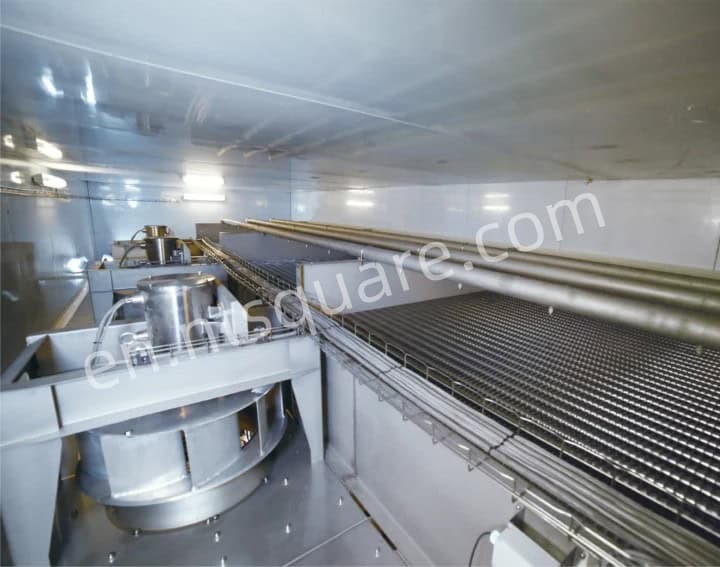
Operational efficiency and ease of maintenance are crucial when selecting an IQF tunnel freezer. The right choice affects downtime, sanitation standards, and ongoing labor requirements.
Ease of Cleaning and Sanitation
Frequent cleaning is critical for maintaining hygiene standards in food processing. When considering an IQF tunnel freezer, smooth surfaces, minimal seamsve easy-to-remove components all contribute to faster and more effective sanitation. Freezers with tool-less access panels allow staff to clean hard-to-reach areas without extensive disassembly.
Some designs offer automatic cleaning systems that spray water and detergents inside the tunnel, reducing manual labor and downtime. Sanitary design should also address drainage to prevent water buildup and bacterial growth. Keeping the freezer free from residue and contaminants is vital for product safety and regulatory compliance, especially in high-throughput environments.
Maintenance Accessibility
Routine maintenance ensures reliable operation and extends equipment lifespan. Features such as easily replaceable belts, accessible motorsve clear labeling reduce the complexity and duration of maintenance tasks. Look for tunnel freezers with side doors, large hatches, or lift-up lids for quick inspections.
Manufacturers who provide maintenance-friendly layouts can minimize unplanned downtime. Including a robust maintenance schedule and clear service instructions helps the operations team keep up with preventive checks. Designs that reduce the need for specialized tools or extensive disassembly keep maintenance efficient and reduce risks of equipment damage. For more details, consider options with streamlined maintenance features.
Automation and Integration Options
Modern IQF tunnel freezers support automation to improve process control and monitoring. Assess control systems for real-time data collection, automated cleaning routinesve fault diagnostics. These options can reduce manual intervention and support predictive maintenance, improving uptime.
Seamless integration with existing line equipment and supervisory systems is important for facility-wide process management. Features like remote monitoring, PLC connectivityve recipe management provide operational flexibility. Prioritizing automation helps food processors maintain consistent product quality while managing operational costs. For operations planning, review freezers that offer advanced automation and integration capabilities.
Assessing Supplier Support and Long-Term Value
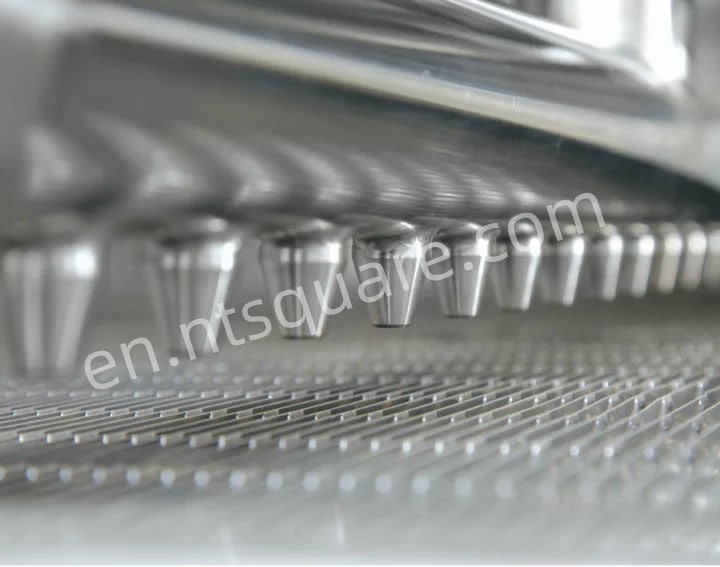
Evaluating the expertise and reliability of a supplier is critical when investing in IQF tunnel freezing technology. Ongoing service, warranty, and spare parts access can directly impact both operational uptime and total cost of ownership.
Technical Support and Warranty Services
Buyers should prioritize suppliers that offer thorough tekni̇k destek. Look for documented response times, multilingual help, and access to remote diagnostics. An experienced support team can resolve issues faster, minimizing production downtime.
Warranty terms matter. Comprehensive coverage on critical components guards against unexpected repair costs. Vendors with clear, straightforward warranty policies demonstrate confidence in their equipment. It’s beneficial if the supplier provides both on-site and remote troubleshooting as part of their standard support package.
Ongoing training and installation assistance can set strong suppliers apart. When technical staff receive regular training updates, system performance and reliability often improve. Details on upgrade paths and technology updates are also a valued part of robust supplier support.
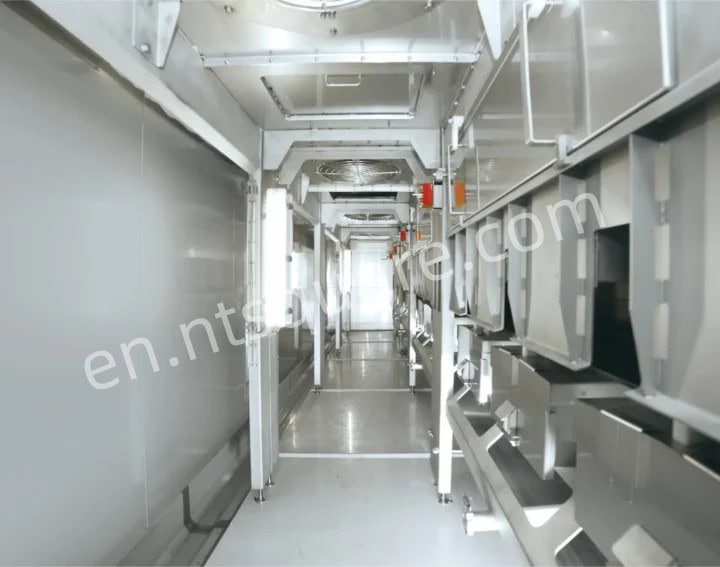
Spare Parts Availability
Quick access to genuine spare parts is essential in a high-throughput environment. Suppliers with well-stocked regional warehouses and efficient logistics reduce lead times for critical components.
It is recommended to confirm the availability and expected delivery time of high-wear items, such as belts, bearings, and fans. Suppliers should provide clear documentation, parts lists, and a transparent ordering process. Some reputable suppliers even offer online parts ordering or predictive maintenance tools to automate replacement schedules.
Partnership with an established supplier can help businesses avoid delays that disrupt production. A supplier’s ability to maintain inventory and ship key spare parts rapidly can be a decisive factor in long-term value, as highlighted in advice on choosing the best IQF supplier.


